The Matterhorn Huts & Glacier Trail Trek is one of Switzerland’s most iconic hiking experiences, weaving through breathtaking alpine scenery and offering close-up views of the legendary Matterhorn mountain. Located in the Pennine Alps on the border between Switzerland and Italy, this trek allows hikers to explore rugged glaciers, charming mountain huts, and dramatic landscapes that have made this region famous worldwide. Matterhorn Huts & Glacier Trail Trek – Switzerland: A Complete Guide.
The trek is renowned for its combination of natural beauty and accessibility, making it a favorite among outdoor enthusiasts from around the globe. Along the route, you can stay in traditional alpine huts, giving you a unique way to experience Swiss mountain culture while being surrounded by towering peaks and icy glaciers.
Best Time to Visit
The best time to hike the Matterhorn Huts & Glacier Trail is from late June to mid-September. During this period, the weather is generally milder, and the snow has mostly melted from the trails, making hiking safer and more enjoyable.
- Summer (June to August): Warm days and cool nights, ideal for trekking.
- Early Autumn (September): Crisp air and fewer crowds, perfect for peaceful hikes.
- Outside of these months, snow and icy conditions can make the trails dangerous without specialized equipment and experience.
How to Reach the Trek
The trek starts from the town of Zermatt, Switzerland, easily accessible by several modes of transportation:
- By Air: The closest major airport is Zurich Airport. From Zurich, you can take a train or rent a car to reach Zermatt.
- By Train: Swiss trains run frequently from Zurich, Geneva, and Milan to Zermatt. The train journey offers scenic views and a convenient way to reach the trailhead.
- By Road: Private vehicles can reach Täsch, a village near Zermatt. From there, you must take a shuttle train or taxi as Zermatt is car-free.
Once in Zermatt, you can access the Matterhorn Huts & Glacier Trail by following marked paths that lead to the various mountain huts along the trek.
Entry Fees and Permits
Most hiking trails around the Matterhorn and the huts themselves do not require an official entry fee or permit. However:
- Accommodation in alpine huts usually comes at a cost, which varies depending on the hut and season (generally 50 to 100 CHF per night, subject to change).
- Some trails or routes may require a small fee for maintenance or conservation purposes.
- It’s important to book huts in advance during peak season to ensure availability. Matterhorn Huts & Glacier Trail Trek – Switzerland: A Complete Guide.
Food Availability and Meal Options
Alpine huts along the Matterhorn trek provide basic but hearty meals, giving hikers a chance to refuel with local cuisine:
- Most huts offer breakfast, lunch, and dinner, focusing on traditional Swiss dishes such as soups, stews, cheese-based meals, and fresh bread.
- Vegetarian options are usually available but limited, so it’s advisable to carry some snacks or supplements.
- Water sources are available along the trails, but carrying a water bottle and purification tablets is recommended.
For hikers starting in Zermatt, numerous cafes and restaurants offer more diverse meal options before or after the trek.
Packing List and Essentials
Preparing well is key for a successful trek on the Matterhorn Huts & Glacier Trail. Here’s a practical packing list:
- Comfortable, waterproof hiking boots with good grip
- Layered clothing: moisture-wicking base layers, insulating mid-layers, and a waterproof outer shell
- Hat, gloves, and sunglasses (UV protection is important at higher altitudes)
- Backpack with hydration system
- Map and compass or GPS device
- First aid kit including blister care
- Headlamp or flashlight
- Trekking poles (optional but helpful on uneven terrain)
- Sunscreen and lip balm
- Lightweight sleeping bag (some huts provide blankets but check beforehand)
- Personal identification and some cash in Swiss Francs
Safety Tips and Local Regulations
- Always stick to marked trails and follow hut guidelines.
- Weather in the mountains can change rapidly, so check forecasts daily.
- Avoid hiking alone, especially if inexperienced.
- Inform someone about your itinerary and expected return.
- Respect local wildlife and nature—avoid littering.
- Drinking water from streams is possible but treat it before consumption.
- Mobile reception can be limited; plan accordingly.
- The huts operate under strict rules to protect the environment—adhere to quiet hours and waste disposal instructions.
Tips for Beginners or First-Time Visitors
- Start with shorter day hikes around Zermatt to acclimatize.
- Consider hiring a local guide if unfamiliar with alpine trekking.
- Pace yourself, especially if you’re not accustomed to high altitudes.
- Book hut accommodation early to avoid disappointment.
- Familiarize yourself with basic mountain safety and emergency procedures.
- Carry enough food and water for each day’s trek.
- Practice using your hiking gear before the trek.
Local Customs and Cultural Etiquette
While the trek itself is focused on nature, you’ll experience Swiss alpine hospitality and customs:
- Greet hut staff and fellow hikers politely.
- Remove your hiking boots when entering huts if requested.
- Keep noise levels down, particularly in the evenings.
- Respect local traditions—Swiss people value cleanliness, punctuality, and order.
- Tipping hut staff is appreciated but not mandatory.
Frequently Asked Questions (FAQs)
How long is the Matterhorn Huts & Glacier Trail?
The full trek covers approximately 35 to 45 kilometers, depending on your chosen route and side trips.
What is the difficulty level?
Moderate to challenging. Some parts involve glacier crossings and steep ascents. Previous hiking experience is recommended.
How many days does it take to complete?
Typically 3 to 5 days, depending on your pace and stops at mountain huts.
What is the highest altitude on the trek?
Around 3,000 meters (9,840 feet) near glacier areas, so altitude acclimatization is important. Matterhorn Huts & Glacier Trail Trek – Switzerland: A Complete Guide.
Are restrooms available on the trail?
Yes, huts provide basic restroom facilities. Public restrooms in towns and trailheads are also available.
Is the trek safe for solo hikers?
While possible, solo hikers should be well-prepared, experienced, and carry communication devices.
Do I need special permits?
No special permits are generally required for hiking, but check with local authorities for updates.
Is the trail open year-round?
No, it is best accessed in summer and early autumn due to snow and weather conditions.
Conclusion
The Matterhorn Huts & Glacier Trail Trek offers an unforgettable journey through one of Europe’s most stunning alpine landscapes. Whether you’re an experienced trekker or a nature lover looking for a challenge, this trail delivers awe-inspiring views, traditional Swiss hospitality, and a deep connection with the natural world. Proper planning, preparation, and respect for the local environment will ensure you have a safe and memorable adventure. Matterhorn Huts & Glacier Trail Trek – Switzerland: A Complete Guide.
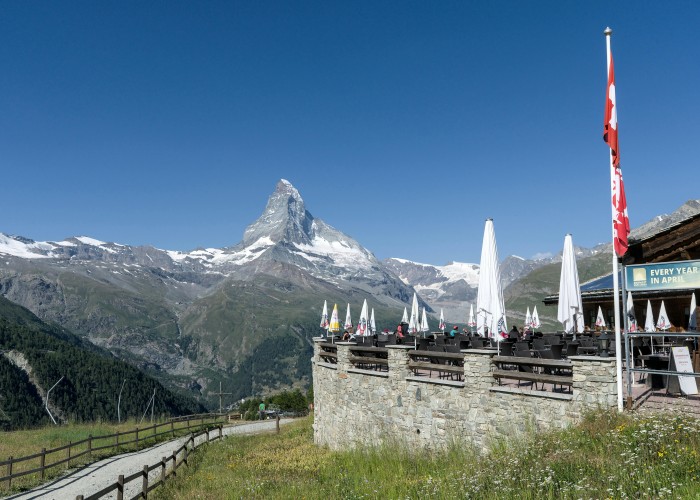
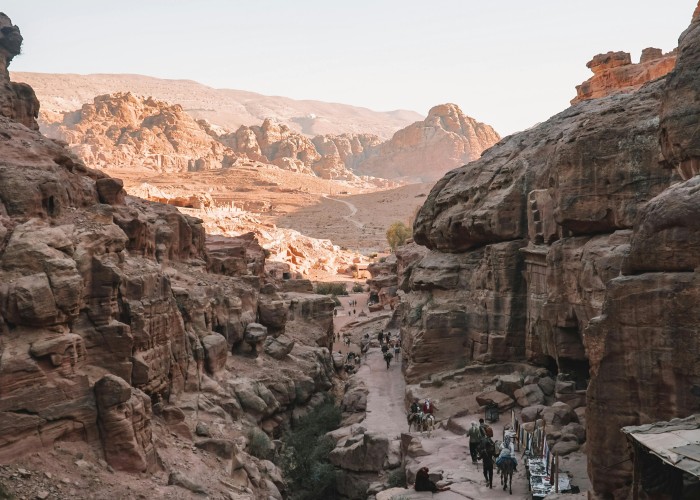
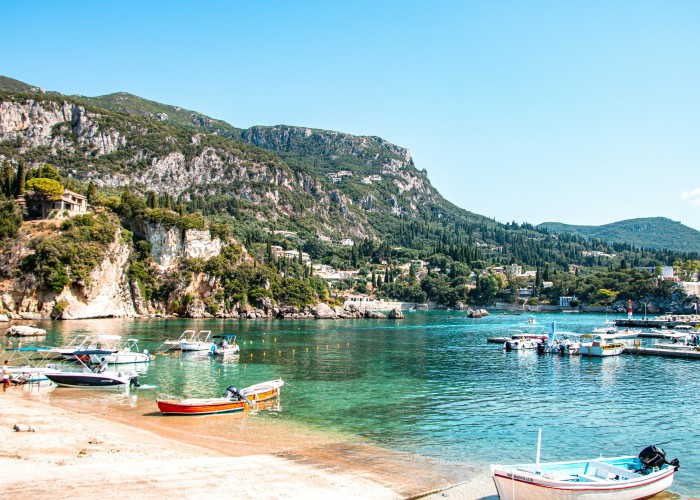
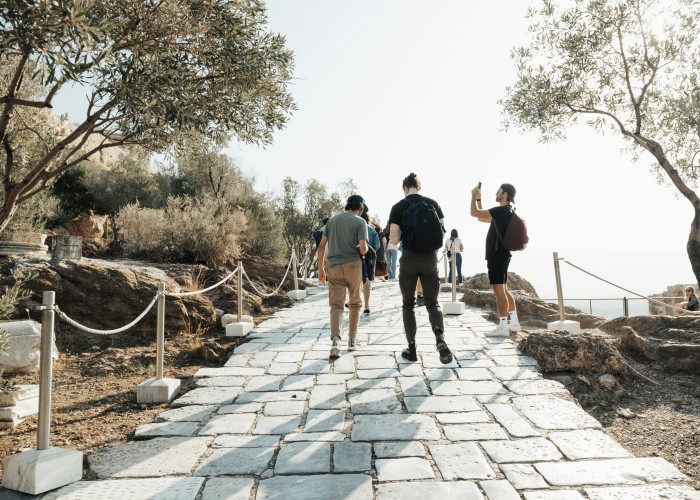
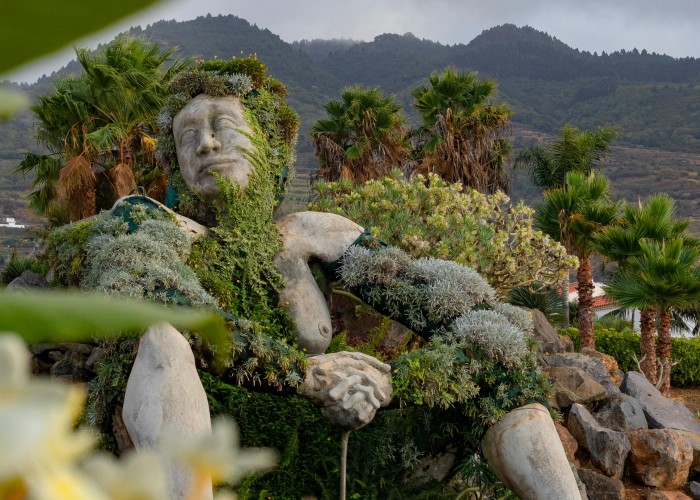
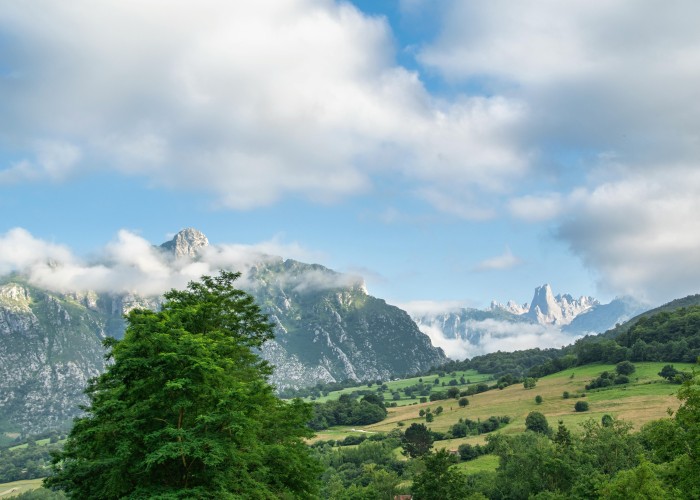
Leave a Reply